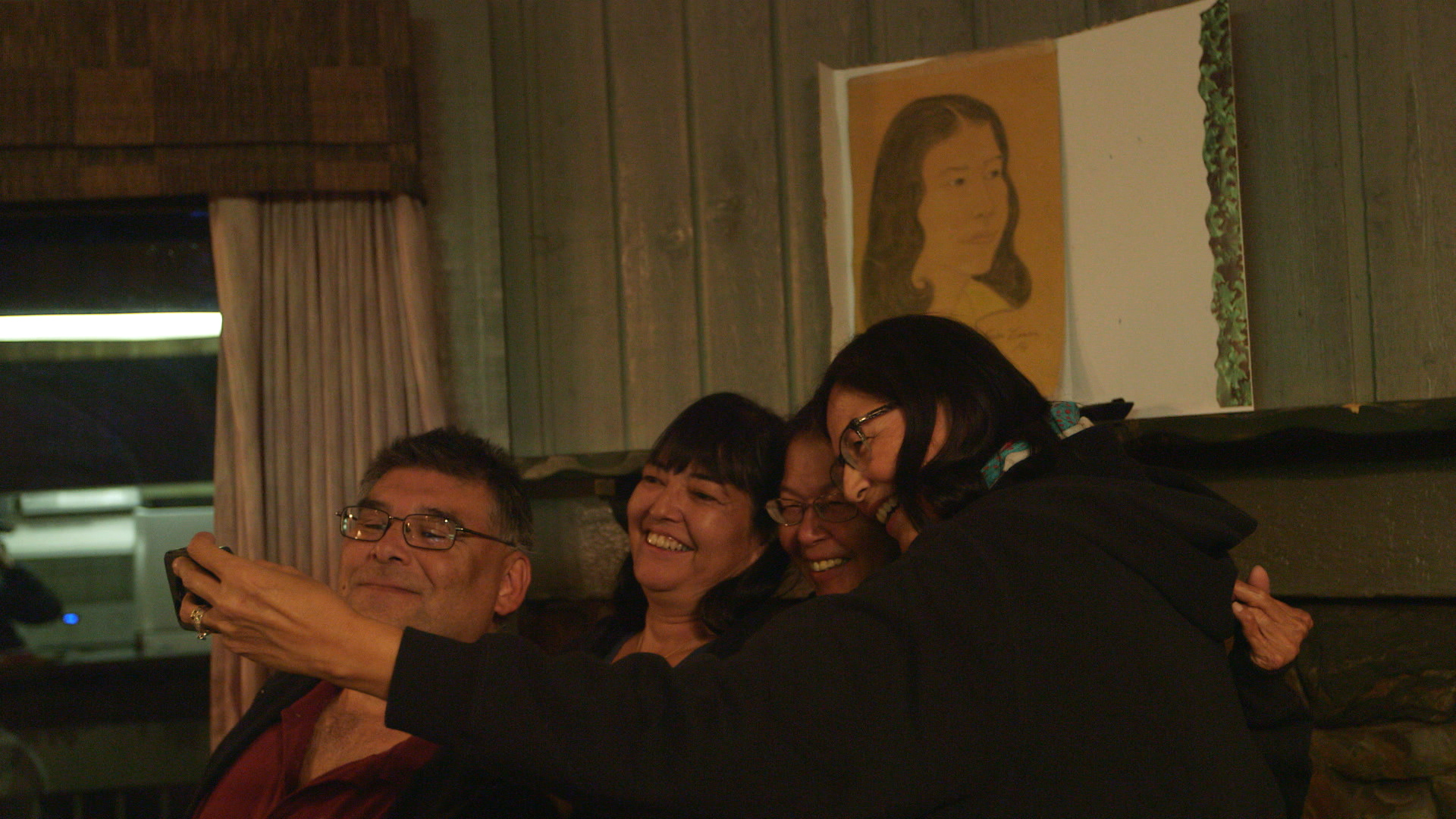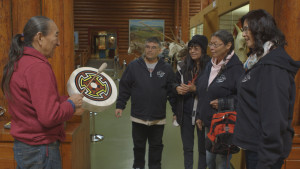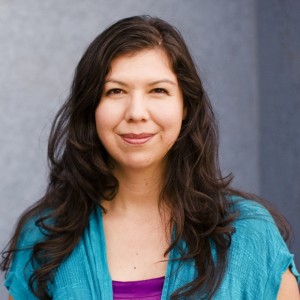
Ben, Rosalie, Esther and Betty Ann in Birth of a Family | Image source: NFB
“Do you think you would be where you are now if you hadn’t been taken from your mother?” is a question, Sixties Scoop Survivor, Betty Ann Adam (Dene), has heard often throughout her life. Adam is one of the four siblings at the centre of Birth of a Family, a documentary film which will make its debut at Hot Docs International Film Festival in May 2, 2017. The film follows four Dene siblings as they meet for the first time since being apprehended from their mother during the infamous Sixties Scoop – when Indigenous children were forcibly taken from their homes and put into foster care or up for adoption with non-Indigenous families.
Birth of a Family disrupts the myth that Indigenous children were ‘better off’ growing up away from their family, language and culture – a belief often accepted in mainstream society. The siblings: Betty Ann, Esther, Rosalie and Ben, spent a week in Banff, Alberta where they honoured their mother by creating new memories with each other, sharing stories of their lives growing up in either foster care or with their adoptive families, and piecing together the story of their mother.

It was Truth and Reconciliation Commissioner, Marie Wilson, who encouraged the eldest sibling, Betty Ann, to document her fist union with her siblings when they both met in 2015. Afterwards, Betty Ann approached director, Tasha Hubbard (Nehiyaw/Nakawe/Métis), whom she was acquainted with for over a decade to work with her on the project. They both got things moving quickly and started filming that same year with help from the National Film Board. Hubbard was the perfect candidate to direct the project as she had a similar journey as a Sixties Scoop Survivor who connected with her birth family later in life. Hubbard’s experience was different in that she was surrendered by her birth mother and was fortunate enough to have her adoptive mother’s support in re-connecting with her birth family. “I knew that feeling of anticipation and trepidation – how are you going to connect with these people who are strangers, yet we share parents and history – an Indigenous history?” she said. “They got to know that I knew what they were going through even though the circumstances were different.”
In Birth of a Family you witness the pain the siblings go through when coming to terms with being robbed of a childhood together as well as with their mother’s pain of losing her children. During filming Hubbard couldn’t help but connect with that feeling of loss of growing up without her own birth family and culture; “You can’t get those childhood memories of your siblings back,” she explained. “While sharing memories with each other all you can do is look at photos and hear stories. There’s a part of you that thinks: I should have been there. We should have had those memories together.”
Both Hubbard and Adam have had to deal with the general public telling them throughout their lives – oh well the kids were better off. But were they better off? Were Indigenous children better off being forcefully torn away from their families and culture? No, they weren’t. “That parent-child bond is so important and so sacred,” Hubbard explains. “At the heart of it all our people have been robbed of the right to parent. This goes back to residential schools and extends to now.
A significant part of Hubbard’s own healing journey was learning why things happened the way they did by pursuing her master’s degree to better understand colonialism and through her work as an independent filmmaker. “As Indigenous people we get told that in subtle and overt ways that there is something wrong with us,” she explained. “The more I learned, the more I thought no. Indigenous people are amazing and beautiful people. It’s about understanding that history and countering the colonial story that Indigenous people are deficient.”
Hubbard said that one of the most inspiring moments during filming was when Betty Ann helped her brother Ben cross a glass skywalk over the Columbia Ice Fields to overcome his fear of heights. “It took a lot of support, coaxing and talking,” Hubbard said. “I told him, this was her chance to teach him how to ride a bike. That was her opportunity to be the big sister that she never got to be.”

Tasha Hubbard
Tasha Hubbard teaches indigenous literatures, as well as classes in first-year English as part of the Aboriginal Student Achievement Program. Her current film and academic work focuses on Indigenous creative representation of the Buffalo and on recovering historic Indigenous stories. She is an award-winning documentary filmmaker; her solo writing/directing project Two Worlds Colliding (2004) won a Canada Award at the Geminis and a Golden Sheaf Award and she recently released the animated short film Buffalo Calling, 2013.









